Weaving magic
Welcome to the Empire of the Covenant! In this federal empire, tensions are increasing between the Light and Dark political factions. Light Lady Annabelle is the target of the Leader of the Dark faction and in order to gain allies to protect her, she starts Courtship Rituals to make suitors compete for her hand—but then the Dark Lord joins in. Come read about Annabelle's Courtship and her world!
Introduction to the story | Lady Annabelle Alyssenne | The imperial nobility | Novel upcoming
Introduction to the story | Lady Annabelle Alyssenne | The imperial nobility | Novel upcoming
Table of Contents
The term weaving magic designates several types of magic that are applied to textile, including the production of raw material for weaving, spinning and weaving, and sewing and embroidering. This can be used to imbue magic into everyday clothes as well as to make fancy items such as invisibility cloaks.
Weaving magic truly sits at the border between Light and Dark magic, since it can be done by using crafts (Light magic) or by directly directing one's raw magic to imbue it into fabric and thread. Nevertheless, since it consists of the production of a craft, it is generally considered to be a form of Light magic.
Anyone can practise this type of magic with more or less skill, and almost everyone does in fact at least imbue a little amount of magic into their clothes while sewing. On the opposite end of the scale, true masters are rare and their work is incredibly expensive. Among the most traditional Houses as the Alyssenne and Lyrienne, it is customary for young members of the Houses to embroider their clothes and only wear the result of their own work so as to show off their skill and incite them to get better at it. Thus, most members of the nobility will have some mastery of weaving magic. It is, however, not the nobility who produces the most magical clothes but masters crafters and those working under them. Many though not all of them have developed some line-gifts linked to weaving magic, helping them reach a higher quality in their work. Notable among the few noble Houses trading the products of their weaving magic are the Lyrienne, known to have the best silk in the empire, and the Veinianie known for having the second best silk and for the high quality clothes they produce thanks to their weaving line-gift.

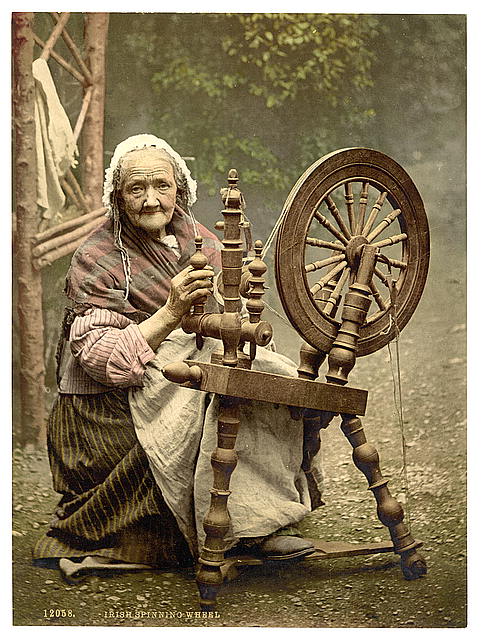
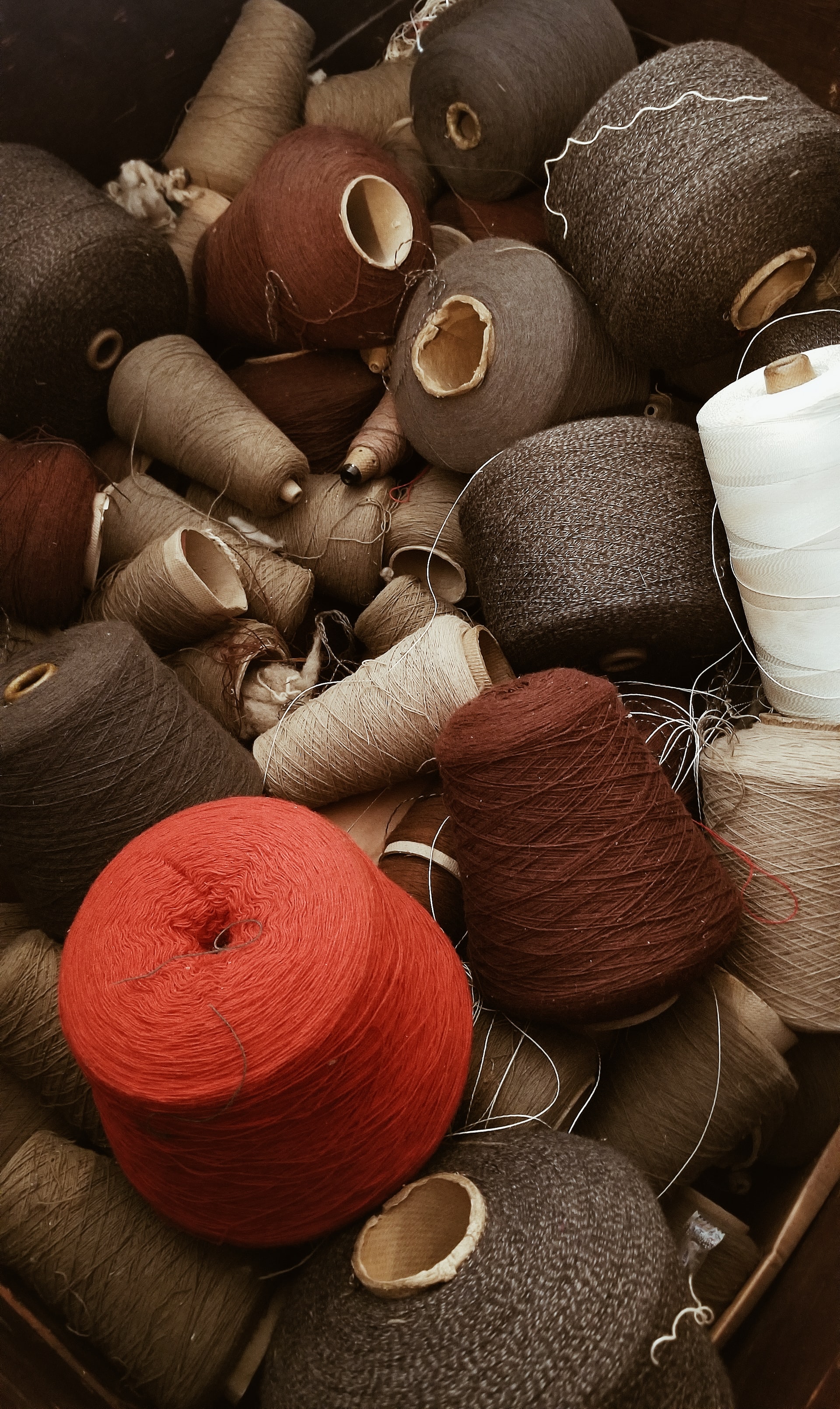
Almost all clothes worn in the empire have some form of weaving magic attached to them, with the exception of ritual clothes which on the contrary need to be completely pure of any form of magic to avoid interferences. The difference between the poor and wealthy affects both the amount of different magics attached to the clothes as well as to their quality and state of wear. The most common forms of magic almost everyone has are some form of wear-resistance, temperature-control, water-repealing, soft sensation, and perspiration-aspiration. More complicated magics mostly concern wards, with protection against physical attacks, protection against different types of magical attacks, flame-resistance, and chemical-resistance being common. More esoteric uses see magic protecting against diseases by filtering micro-organisms or some really fancy stuff like invisibility cloak or masks with illusion magic that can change the appearance of the wearer.

Madeleine's participation in Annabelle Alyssenne's courtship is part of the plot of Book 1.
Practitioners
Anyone can practise this type of magic with more or less skill, and almost everyone does in fact at least imbue a little amount of magic into their clothes while sewing. On the opposite end of the scale, true masters are rare and their work is incredibly expensive. Among the most traditional Houses as the Alyssenne and Lyrienne, it is customary for young members of the Houses to embroider their clothes and only wear the result of their own work so as to show off their skill and incite them to get better at it. Thus, most members of the nobility will have some mastery of weaving magic. It is, however, not the nobility who produces the most magical clothes but masters crafters and those working under them. Many though not all of them have developed some line-gifts linked to weaving magic, helping them reach a higher quality in their work. Notable among the few noble Houses trading the products of their weaving magic are the Lyrienne, known to have the best silk in the empire, and the Veinianie known for having the second best silk and for the high quality clothes they produce thanks to their weaving line-gift.

Heiress Madeleine Veinianie by AmélieIS with Artbreeder
Madeleine Veinianie ruffled through her cupboards. Silk, silk more silk... Any roll would not do for that, she needed something special... Ah! There! She picked out a small roll of silk and delicately stroke her fingers over it. Perfect courting gift. The Alyssenne were renown for their love for crafting. As their new lady, Annabelle Alyssenne was bound to appreciate some high quality raw material for her personal embroidery project. And the intricate pattern woven inside the silk would adequately show-off Madeleine's own skills.
Material
The life-cycle of fabrics starts with the production of crafting materials. This includes plant fibres of the produce of silk fibre by insect or wool and fur by sheep and other animals. To have high-quality material, the plants and animals need to be fed with the right nutrients and magic. This is done both directly by their caretakers as well as directly by the Land, provided that it has been fed properly by the lord or lady magically linked to them (see nobility).
Especially dedicated master weavers will feed them with their own magic so as to have a deep link between themselves and the fabric they are using. However, such a practice requires years of planning and foresight and is very time consuming, thus limiting its spread.
More commonly, special rituals can be carried out on the plants and animals as they grow, so as to give their fibres and fur the right properties. Careful breeding and magical modification of individuals are also used to affect the material obtained from them.
If she was going to participate in the courtship, Madeleine was going to do this seriously. Her letter of intent sent, she hurried towards her personal greenhouse. The courtship would take a year, that was more than enough to grow some special plants and feed them with her magic to give them interesting properties. Making some new type of thread by mixing different fibres together was bound to make her stand out—and if the Alyssenne lady did not have the good taste to appreciate her, someone else was bound to notice her skills.
Spinning
After harvesting from the plants or animal, short fibres are loose, coarse, and gathered together into longer strands. They need to first be cleaned, then combed to untangle them into individual strands. Only then can they be spun on a spinning wheel so that they are twisted together to make up a continuous thread or yarn. Depending on the amount of twist given to the strands, it is possible to obtain a strong yarn (more twists) or a softer, more lustrous one (less twists).
The fibres are bathed into an alchemical potion before spinning so as to prepare them. Then, the spinning wheel can be controlled either manually or with magic to accelerate the process - though not all fibres can handle the increase in tension this produces. The wheel itself can be crafted with runes or covered with an alchemical potion so that as the fibres touch it, they are imbued with magic.
An important part of the process is also for the spinner to keep hold of the fibres as they got onto the wheel so that they can be imbued attach them with a first layer of magic before they touch the wheel and take up a second layer from it. When done well, both layers will intermingle and melt together inside the thread, which will ensure both that there is no mismatch between their magic and that they are solidly attached and cannot be separated from the thread.
This last step is often skipped by less talented weavers as it is easy to mess up and will result in a brittle and worthless thread. It is also tiring and more time-consuming and so few see the interest in bothering to learn the technique. A common mistake is to focus on quantity rather than quality of magic imbued into the thread.

Spinning by Library of Congress, Washington, D.C. (LC-DIG-ppmsc-09892)
Madeleine swore as yet another table caught on fire! Her ancestors cursed all those plants! She was going to managed to mix them properly no matter how long it was going to take her! All right, maybe this exact mixture of Agapante and Linius was not going to work. What if she added something more to the thread to stabilise the magic?
Weaving
Weaving focuses on crisscrossing individual threads together so as to form a fabric. It is done with a loom, which is a wooden frame with threads (warp) attached at one end in parallel with each other. Every other warp thread is attached to a heddle rod—or fewer threads to have more heddles and create more complex patterns. This allows the weaver to lift them all at the same time so that they can crisscross a thread (weft) attached to a block of wood (shuttle) in the space between the warp threads (shed) in a single stroke. Then a comb (reed) is used to push the newly added thread against the previous ones, the first heddle is put done, and the second one is lifted to repeat the action, with the lifting control by pedals.
The goal here is to associate threads with both different types of magic and different colours and chemicals so as to form specific pattern onto the fabric. The effect primarily comes from the pattern obtained from different magical threads. Their individual magic will resonate and interact together depending on their position, resulting in an overall magical effect.
In addition, the colour pigments and other chemicals also contain innate magic, although it is weak. Nevertheless, on the scope of a whole fabric, all of them together have enough magic to have their own effect and impact on the rest of the magic of the fabric.
The most skilled a weaver is, the more parameters they can take into actions so as to create an extremely complicated pattern with very subtle magic. On the contrary, less skilled weaver will skip steps and only focus on doing well one or two of them.
The easiest way to do that is to use a single type of thread to weave a piece of cloth, and then apply a series of dye and alchemical potion baths afterwards, using wax to protect threads that should not be exposed during a particular bath. This is by far the most affordable manner to proceed and the only one most inhabitants of the empire can afford.
Madeleine ran her hand over the silk coming out of her loom. It flew over her fingers like water and shimmered just as much under the light of her workroom. Still, she frowned. The magic was not right. Adding the Rosebud had been a good call, no matter what her mothers had thought, but it seemed that she had over-stabilised it now. She was soon running out of time for the next ritual of the courtship, but she would not present an imperfect silk to the entire imperial high society! More fibre mixes it was...
Sewing and embroidering
Once the cloths have been weaved, they can be cut and sewed together to create clothes or other objects. This step does not require a lot of magic, the most important being to associate the different cloth well together and knowing where to cut and sew so as not to damage the existing magical pattern. If the cloth does not already have a lot of magic, magic can be bound to the sewing thread while putting on the clothes together. This technique will result in a weaker, less durable result, but that is enough to see an effect.
While getting the right type of cloth and threads is important to create a good base, the foremost step in weaving magic is actually embroidering. By sewing runes and runic diagrams onto the cloth, its innate properties can be controlled, brought forwards and twisted as required. This is essential to make any type of complicate piece, mix several types of magic together, and to include triggers to turn the magic on and off.
For embroidering, the thread is first prepared with an alchemical bath, then it is held in one hand to imbue it with magic as the work goes along. As with any rune work, the choice of runes and geometrical patterns, their association together and position in the overall diagram need to be carefully planned beforehand to obtain the results desired. In addition, the sewing itself needs to be carefully done so that the magic of the thread and of the cloth join well together and do not clash against each other. In addition to choosing the exact right position where to pin the needle, this can also be helped by stroking the cloth as the sewing goes on so as to smooth the magic.
Sewing and embroidering are done with different sets of craft needles. Those are special needles made in different crafting material, bathed in alchemical potions, and engraved with runes. They help attach magic to the thread passed through it, as well as in making a neat hole in the magical pattern of a piece of cloth without completely damaging or breaking off the magic.

Reels by Unsplash
Madeleine put the cloth resulting from her last embroidery attempt on the side. She looked back at the second workbench placed perpendicular to the one on which she was working and grimaced. One more try, and then she would have to stop to be sure to have enough silk for the demonstration she was going to do. She grabbed the closest roll and brought it in front of her. She had been so close! The problem could not have come from the runes, or that would not have worked half so well. This had to be in the method she used to prick her needle through the cloth. With all the new properties she had given the fibres, it was obvious she needed to adapt the technique more. Oh. Wait. New custom needles, that was it!
Examples of what weaving magic can do
Almost all clothes worn in the empire have some form of weaving magic attached to them, with the exception of ritual clothes which on the contrary need to be completely pure of any form of magic to avoid interferences. The difference between the poor and wealthy affects both the amount of different magics attached to the clothes as well as to their quality and state of wear. The most common forms of magic almost everyone has are some form of wear-resistance, temperature-control, water-repealing, soft sensation, and perspiration-aspiration. More complicated magics mostly concern wards, with protection against physical attacks, protection against different types of magical attacks, flame-resistance, and chemical-resistance being common. More esoteric uses see magic protecting against diseases by filtering micro-organisms or some really fancy stuff like invisibility cloak or masks with illusion magic that can change the appearance of the wearer.

Cloak by Timothy Dykes on Unsplash
Madeleine had walked into the amphitheatre with her head held high. By the time the ritual ended and she was able to put on her brand new cloak and swirl around with it, it was hard not to lift her nose to the sky. A smug smile at all the gasps of admiration was certainly warranted. Minor House or not, today she had proved that the Veinianies had their place among the best. Now she only had to wait to see what Lady Alyssenne had thought of her performance and creation. But, as she met her eyes where she was seated high up in her loge, she thought she knew what kind of impression she had made.
Madeleine's participation in Annabelle Alyssenne's courtship is part of the plot of Book 1.
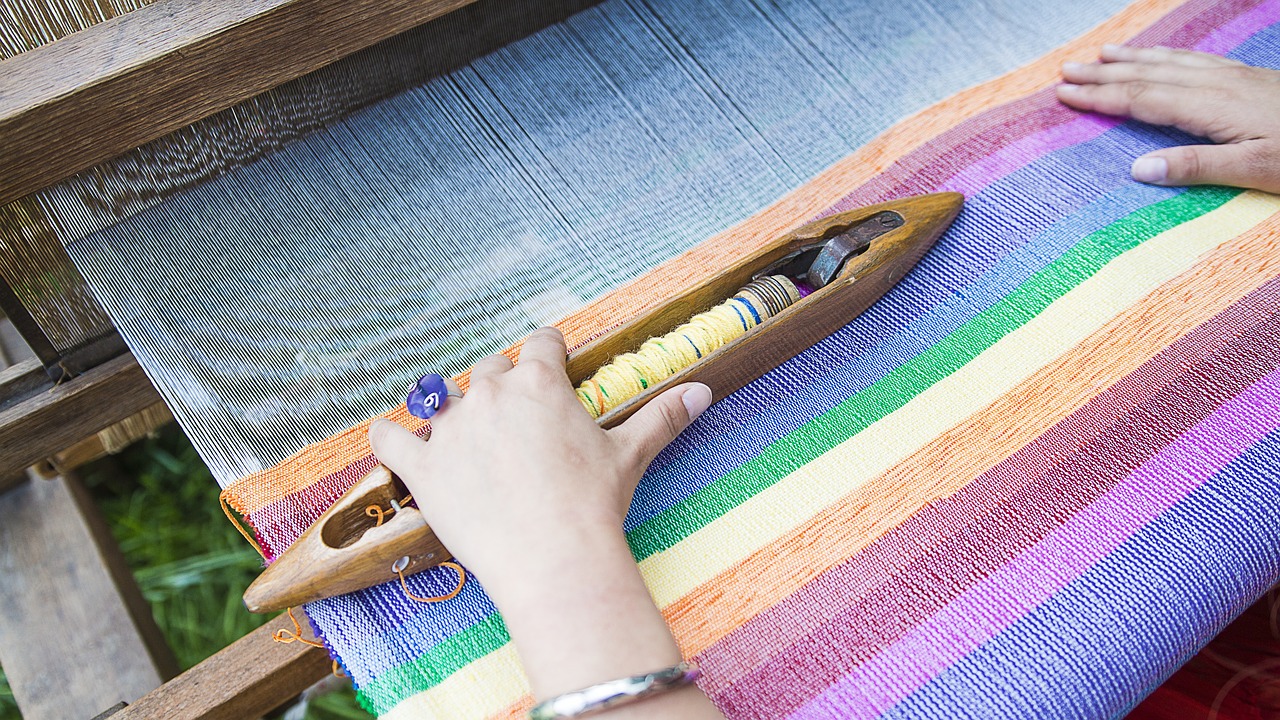



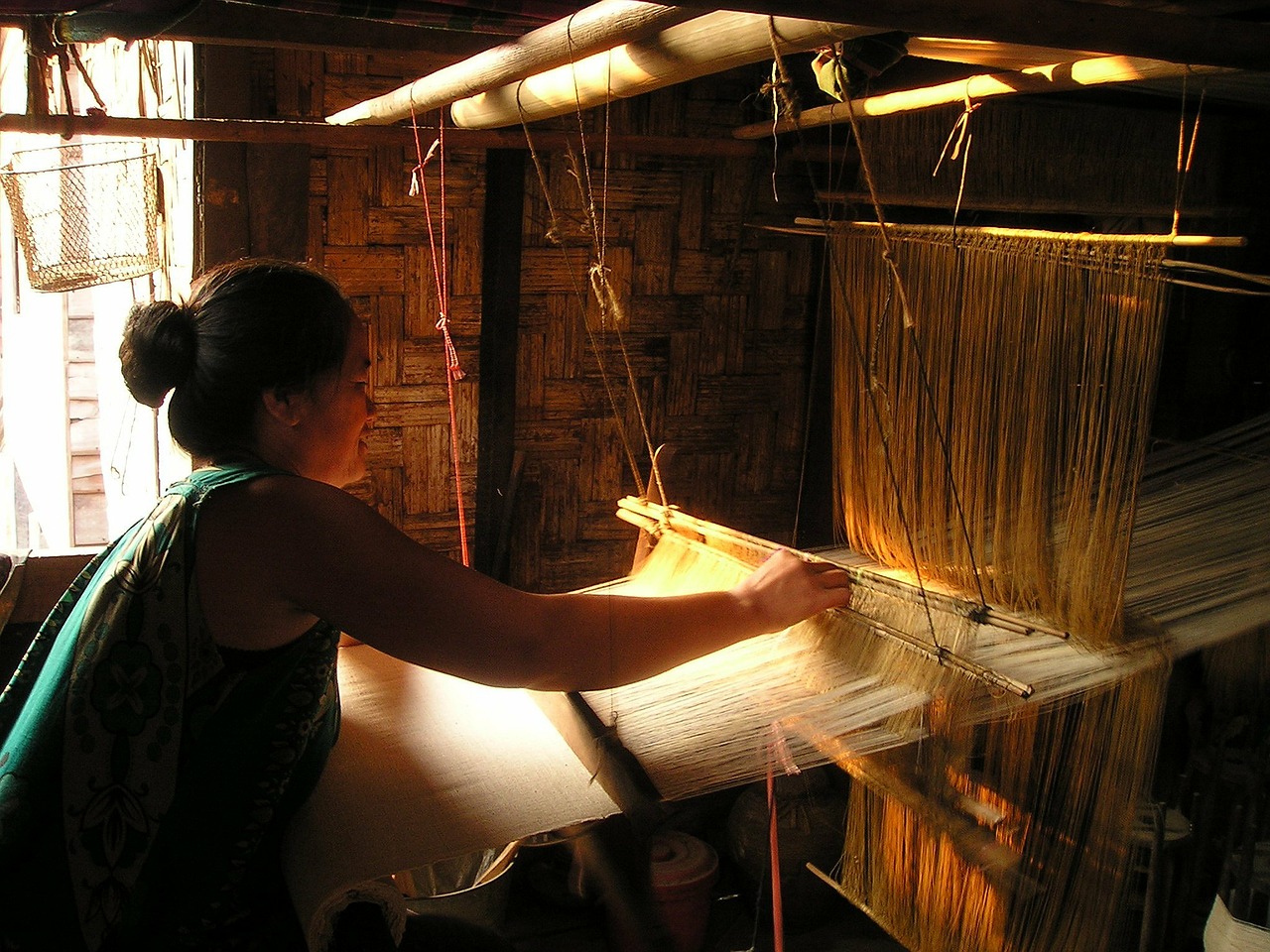



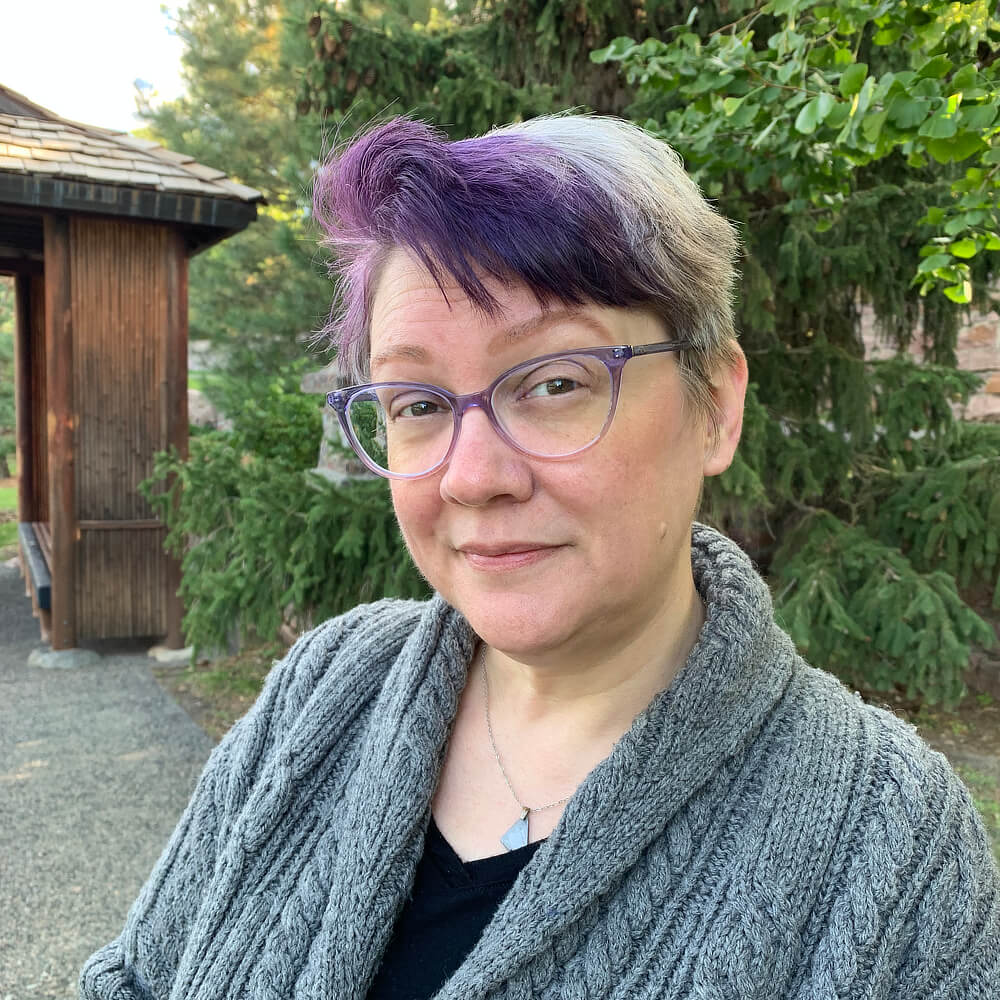

Great 'weaving' of the fabulous spells and the love story! Thanks for entering the WE 2021 Spell Category! Best of luck in all the categories you entered!
Thanks :D